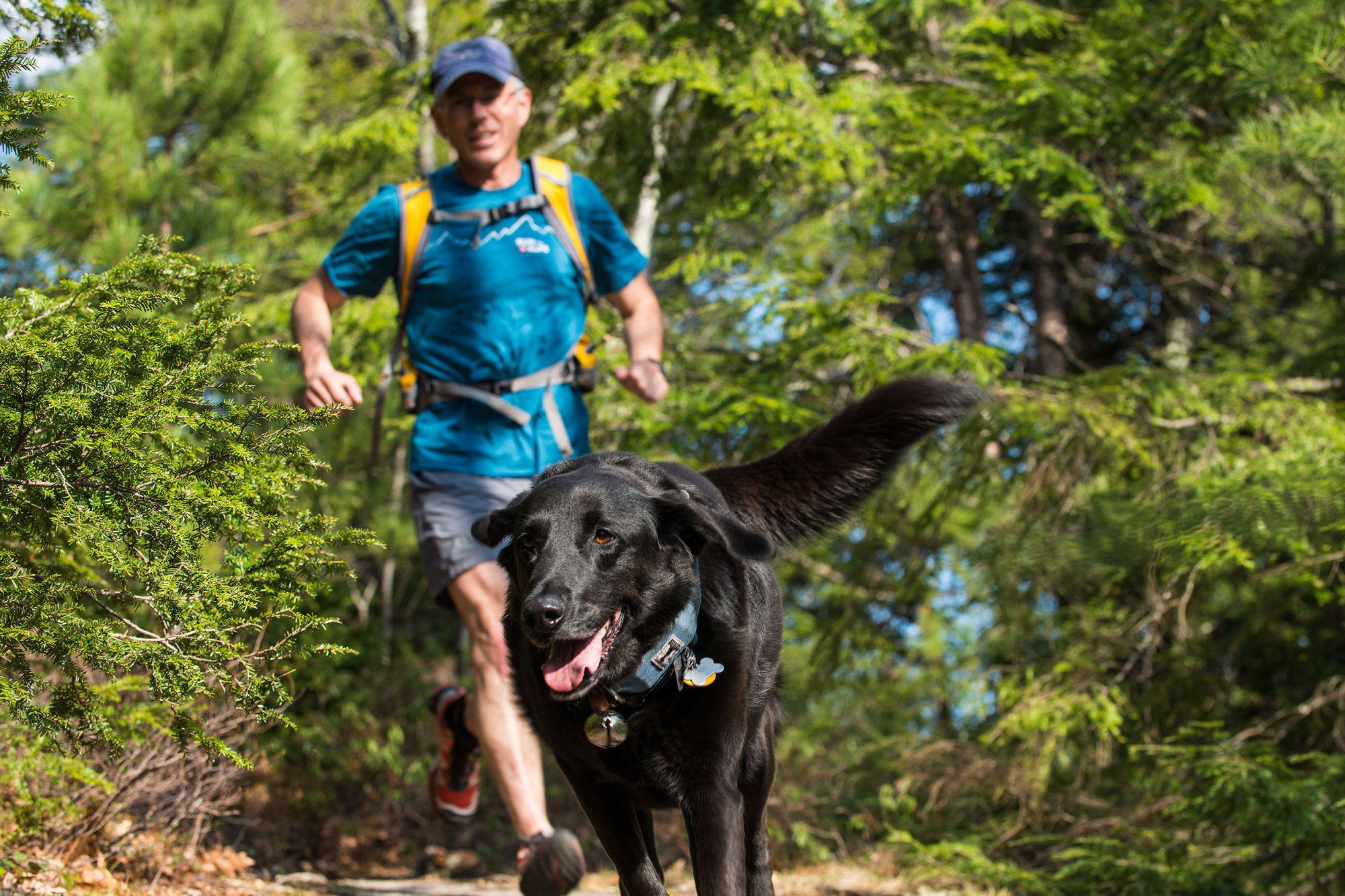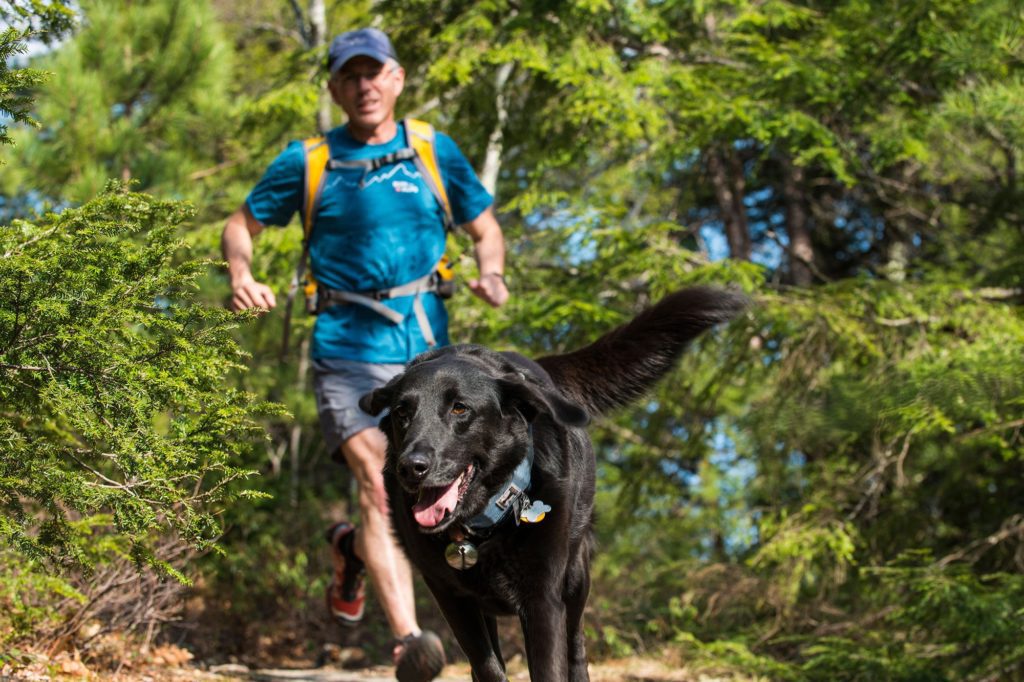Let us hit the trails!
Experts suggest parks, conservation areas and trails shouldn't have been closed in the first place.

In much of the country many trails remain closed in order to enforce physical distancing rules due to the coronavirus COVID-19 pandemic. There’s a good argument to be made, though, that they never should have been closed.

While we are getting news that things are starting to open up across the country, many trails in Canada still remain closed. In Ontario, for example, the emergency order enacted on March 30th has been extended to May 6. That order closed “outdoor recreational amenities … everywhere in Ontario, including but not limited to playgrounds, sports fields, basketball and tennis courts, off-leash dog parks, beaches, skateboard and BMX parks, picnic areas, outdoor community gardens, park shelters, outdoor exercise equipment, condo parks and gardens, and other outdoor recreational amenities.”
“Green spaces in parks, trails, ravines and conservation areas that aren’t otherwise closed would remain open for walkthrough access, but individuals must maintain the safe physical distance of at least two metres apart from others,” the order continued. “Ontario’s provincial parks and conservation reserves remain closed.”
According to many experts, though, such rules don’t make sense.
“LCBOs, grocery and hardware stores, ride-sharing and food delivery services are considered essential and remain open,” Laura Derksen, the Amgen Canada professor in health system strategy at the University of Toronto wrote in a column in the Toronto Star titled “Park closures may do more harm than good. “Why not parks? Is time spent in nature deemed inessential?”
B.C.’s provincial health officer, Dr. Bonnie Henry, argues that going for walks and spending time in parks is important for mental health and that the chance of getting the virus outside is small. Last week she said at one of her daily COVID-19 briefings that “people should still feel comfortable spending time outside, as long as they stick with members of their household and keep a two-metre distance from others.”
“The risk that somebody who is sick spreads this virus from coughing or sneezing outside and you walk by them very quickly, even when it is within six feet, that risk is negligible,” Dr. Henry continued. “We always say ‘never say never’ in medicine, but the risk would be infinitesimally small.”
Some regions appeared to have closed trails shortly after physical distancing measures were put in place because of overcrowding on trails as the weather started to get nicer. In Hamilton, Ont., for example, the city initially indicated that while it would close offices and washrooms, conservation areas would remain open due to the “importance of access to nature for community health and well-being,” according to a CBC report. (The original update page has been taken down from the city’s website.)
A few days later the conservation areas were closed after reports of overcrowding at the trails and have remained closed ever since. Bylaw officers have handed out tickets to people found on the trails.
For Derksen, closing trails and conservation areas due to overcrowding is a sign of “laziness on the part of the government.” Instead of trying to enforce physical distancing rules, the authorities have simply chosen to close things down. She also argues that if there are limited places for people to go, the areas that are open are more likely to be crowded – “if we close parks, where people can actually spread out, we risk creating even denser crowds in places that are still accessible.”
There are lots of scientists who support what Derksen and Dr. Henry are saying, too.
Dr. Edward Nardell, an airborne-infection specialist at the Harvard T.H. Chan School of Public Health told slate.com that “outdoor transmission was ‘possible but improbable.'”
“It bugs me to see these restrictions on people being outside,” Nardell said. “Mental health means something as well, and I can’t imagine you’re in a better place than outside if you’re going to have any contact anywhere.”
“In the short run, closing parks may seem prudent, when our hospitals are overrun and we are trying so hard to curb the spread of COVID-19,” Zeynep Tufekci, an associate professor at the Univesity of North Carolina argues in an article posted on theatlantic.com. “But in the medium to long run, it will turn out to be a mistake that backfires at every level. While it’s imperative that people comply with social-distancing and other guidelines to fight this pandemic, shutting down all parks and trails is unsustainable, counterproductive, and even harmful.”
Arguing that exercising outdoors is essential for health (both physical and mental) and immune systems, Tufekci suggests that “Just like healthy diets, the best pandemic interventions are sustainable, logical, and scientifically justified.”
None of these experts are suggesting that parks and trails be opened without guidelines put in place to encourage physical distancing. But, rather than simply close things down, the goal of slowing the spread of COVID-19 would be better served with “better answers than poorly planned full closures,” Tufekci says. “Even if health authorities close some parks temporarily while they assess and develop evidence-based policies and best practices, they should do so with transparency and a timeline or conditions under which the parks will reopen. That’s the best of all possible worlds: The authorities will preserve much-needed legitimacy, and the public will retain access to the outdoors under sensible conditions that reduce risk while promoting health, well-being, and resilience—and we will certainly need all of that to get through the next many months.”
